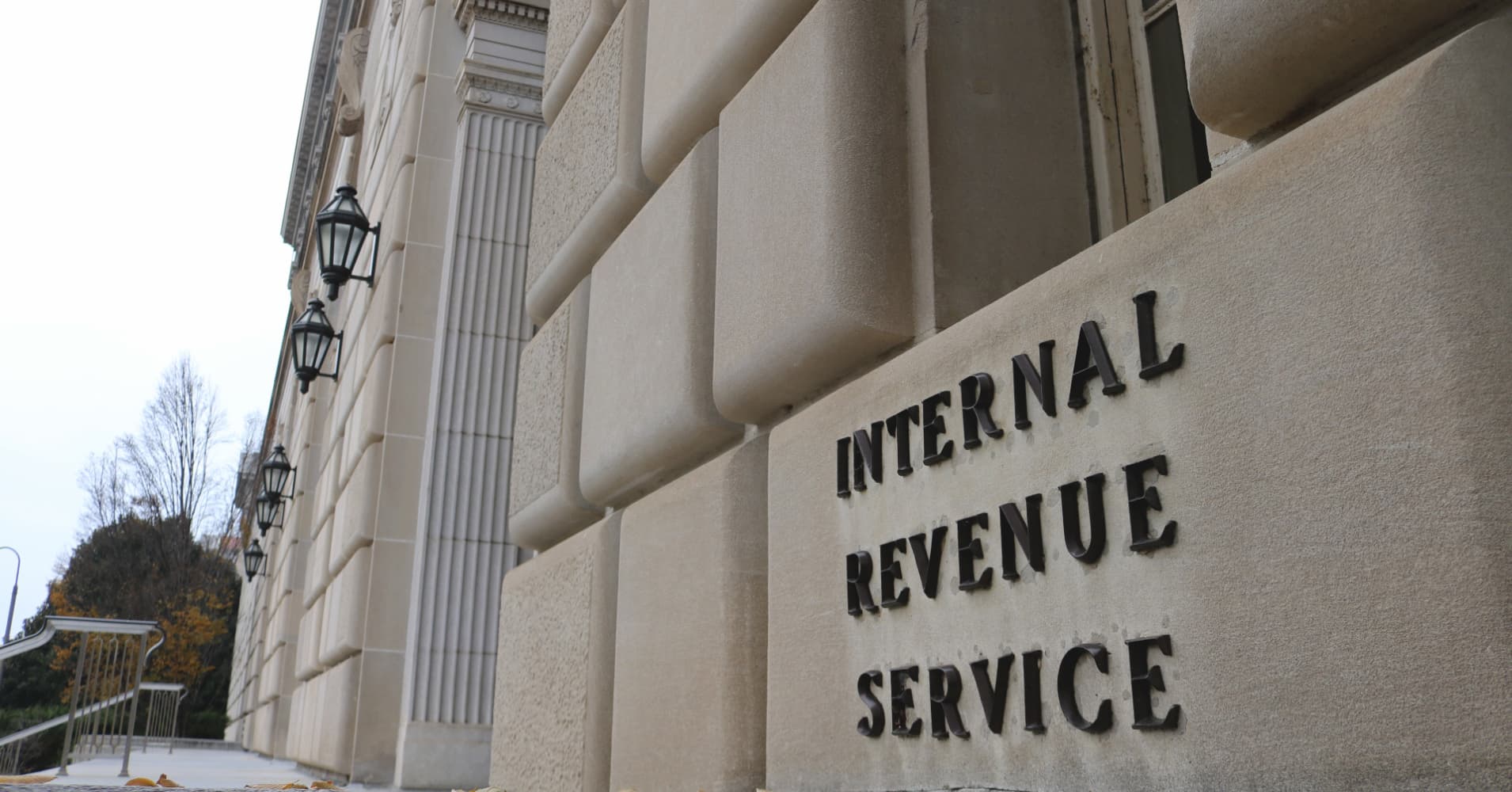
If you want to avoid the penalty for underpayment of estimated taxes, aim to pay 100 percent of the prior year’s liability, said Jeffrey Levine, CPA and director of financial planning at BluePrint Wealth Alliance in Garden City, New York.
Though this won’t guarantee you won’t owe the IRS the following spring, it at least means the IRS won’t hit you with penalties and interest for coming up short.
“If you see your tax rate increase substantially, you might owe a larger amount over the withholding,” said Levine. “Aim for that 100 percent: It’s a better method of avoiding the underpayment penalty.”
This tax season, the IRS said it would waive the penalty for people who paid at least 85 percent of their total tax liability for 2018.
“We realize there were many changes that affected people last year, and this penalty waiver will help taxpayers who inadvertently didn’t have enough tax withheld,” said IRS Commissioner Chuck Rettig.
“We urge people to check their withholding again this year to make sure they are having the right amount of tax withheld for 2019,” he said.
Here’s how to evaluate your withholding and make sure it’s just right for you.
Already filed? Look at your 2018 tax return: Whether you received a large refund or you wound up short with the IRS, your 2018 tax return is a guide to how your withholding currently looks under the new tax law.
Use that information to adjust your W-4.
Review your W-4: Striking a balance for withholding will be based on your salary, your spouse’s earnings and the tax bracket you’re in.
We’re in a year with many changes to the withholding table, plus a reduction in federal income tax rates. You may be taking home a slightly larger paycheck, but you should make sure you aren’t withholding too few taxes.
Talk to your accountant: Filers who withheld fewer taxes because they itemized on their returns will need to revisit their withholding. That’s because the new law does away with a lot of itemized deductions and places a $10,000 cap on state and local tax deductions.
Fewer filers are expected to itemize in 2018 because the new tax law has doubled the standard deduction. Under the previous law, about 49 million taxpayers — roughly 3 in 10 individuals — filed itemized returns, according to the Urban-Brookings Tax Policy Center.
If you fall into that category, you may need to update your allowances in 2018 to ensure you’re withholding the right amount of tax.
Calculating your withholding is more complicated if you have multiple sources of income, distributions from retirement accounts or cash from a rental property. You’ll need to make estimated quarterly tax payments in those cases, Steffen said.
“Work with a CPA to do a projection and figure out what your tax liability will be at the end of the year,” he said. “In a perfect scenario, you’ll have a balance due when you file your return, but not one that’s large enough to create a penalty.”
Avoid tax arbitrage: If you withhold less in taxes because you have bigger plans with your paycheck, bear in mind that you’ll owe Uncle Sam next year. Don’t gamble your cash.
“Some people do foolish things: ‘If I invest the money and make 7 percent this year, and I beat the IRS’ penalty, then I’m ahead,’” said Levine. “If you’ve deliberately underpaid, the money should go someplace safe because this is a really short time horizon,” he said.
More from Personal Finance:
Why squirreling away every spare dime in your 401(k) is a bad idea
Don’t miss this retirement savings opportunity
The tax law has a bunch of new changes. What you should know
Be the first to comment